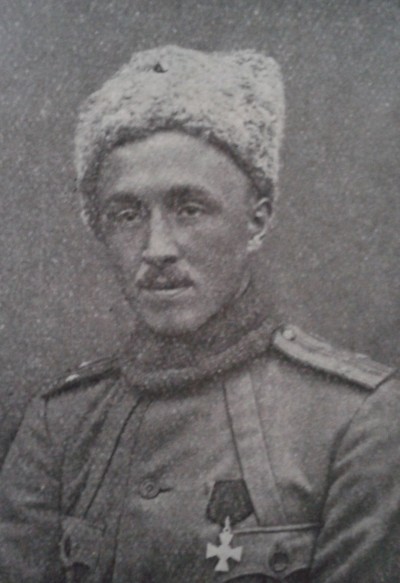List of author's articles
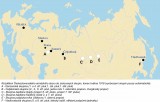
Alexander Bridge 1918
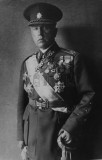
Army General Josef Šnejdárek

Bezenčuk 1918
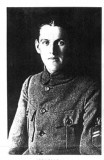
Captain in memoriam Antonín HALBICH

Chelyabinsk incident 1918

Czech company (1914-1916) - I.

Czech company (1914-1916) - II.

Czech company (1914-1916) - III.

Czech company (1914-1916) - IV.
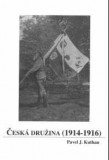
Czech company (1914-1916) - IX.

Czech company (1914-1916) - V.

Czech company (1914-1916) - VI.

Czech company (1914-1916) - VII.

Czech company (1914-1916) - VIII.

Czech company (1914-1916) - X.

Czech company (1914-1916) - XI.

Czech company (1914-1916) - XII.

Czech company (1914-1916) - XIII.

Czech company (1914-1916) - XIV.

Czech company (1914-1916) - XV.
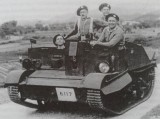
Czech lion against the Japanese in Asia
A little known fact is that in the wake of the axis Berlin–Rome–Tokyo during the Second World War the Czechoslovaks raised weapons against the Japanese

Czechoslovaks in the battles of World War II in Asia - paper

Divisional General Stanislav Cecek
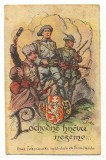
Doss Alto 1918

From the Chelyabinsk Incident to the War with the Soviet Government (1918)

gen. Hynek Gibiš
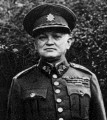
gen. Rudolf Medek
History and development of the Active Reserve of the Army of the Czech Republic - 1 (historical background)
History and development of the Active Reserve of the Army of the Czech Republic - 2
History and development of the Active Reserve of the Army of the Czech Republic - 3
History and development of the Active Reserve of the Army of the Czech Republic - 4
History and development of the Active Reserve of the Army of the Czech Republic - 5
History and development of the Active Reserve of the Army of the Czech Republic - 6
History and development of the Active Reserve of the Army of the Czech Republic - 7
History and development of the Active Reserve of the Army of the Czech Republic - 8
History and development of the Active Reserve of the Army of the Czech Republic - 9
In difficult times (1/20)
In difficult times (11/20)
In difficult times (12/20)
In difficult times (13/20)
In difficult times (14/20)
In difficult times (15/20)
In difficult times (16/20)
In difficult times (17/20)
In difficult times (18/20)
In difficult times (19/20)
In difficult times (20/20)

In difficult times (3/20)
In difficult times (4/20)

In difficult times (5/20)
In difficult times (6/20)

In difficult times (7/20)

In difficult times (8/20)
In difficult times (9/20)
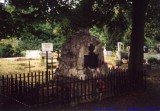
In difficult times ...

Internet Memorial of Czechoslovakia Legions - "Honorary Remembrance"
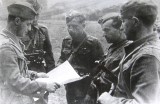
Iron Arnost
Arnošt Steiner was a Czech soldier, colonel and war hero who took part in all the battles from Sokolov through Kiev, Bila Cerkev, Zaskov and Dukla to reach Prague together with his comrades in May 1945. He became legendary especially in the battles at Dukla during the conquest of Hill 534 and Hyrowy Mountain, when he earned the nickname Iron Arnost, because he survived unharmed even in situations where his comrades in arms said it was impossible to survive.
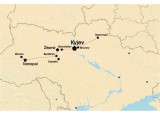
Kiev 1918

Kljukvená 1918

Lieutenant Colonel Josef Mašín
May 13, 1941 - In the Protectorate of Bohemia and Moravia, the Gestapo attacked an apartment in which the remaining 2 members of the THREE KINGS were hiding, with radio operator Peltán. Lieutenant Colonel Mašín opposed them and Staff Captain Morávek and Peltán fled. Mašín was shot and captured. He was then transferred to the Pankrác Prison in Prague. Here he was imprisoned for 13 months, during which he was inhumanely beaten and tortured. He unsuccessfully attempted suicide 3 times, but remained unbroken. Morávek twice tried to free him from prison and once he asked the government in exile in England to do so. Always unsuccessful.

Lieutenant Jan Gayer
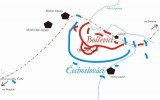
Lipjagy 1918

List of parachute actions of the western Czechoslovak resistance during World War II
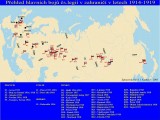
Map of an overview of the main battles of the Czechoslovak legions in the years 1914-1920 abroad
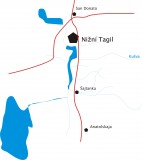
Nizhny Tagil 1918 - part 1.

Nizhny Tagil 1918 - part 2.
Nižněudinsk 1918
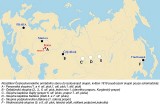
Penza 1918
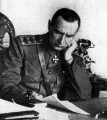
Russian golden treasure and czechoslovak legionnaires
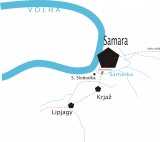
Samara 1918
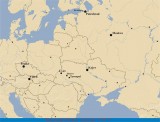
Tarnopol Retreat 1917

The oath of Czechoslovakia Legionnaires - France

The seven-day war with Poland (1919)
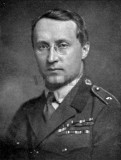
Vouziers and Terron 1918

Zborov 1917
I am a Czech soldier, a revolutionary. It's our whole regiment. Tomorrow, early in the morning, we will strike at the troops of the treacherous emperor, break our way to Moravia, Bohemia, and bring you freedom. We will win! If necessary, we will all fall, like our ancestors at the Star on White Mountain. That is our decision. If I fall, my golden mother, don't cry. Pray for me and for all of us and be proud that you raised a son who did not hesitate to sacrifice his life for the good of the nation. I kiss and hug you, my golden mother ...
Join us
We believe that there are people with different interests and experiences who could contribute their knowledge and ideas. If you love military history and have experience in historical research, writing articles, editing text, moderating, creating images, graphics or videos, or simply have a desire to contribute to our unique system, you can join us and help us create content that will be interesting and beneficial to other readers.
Find out more
